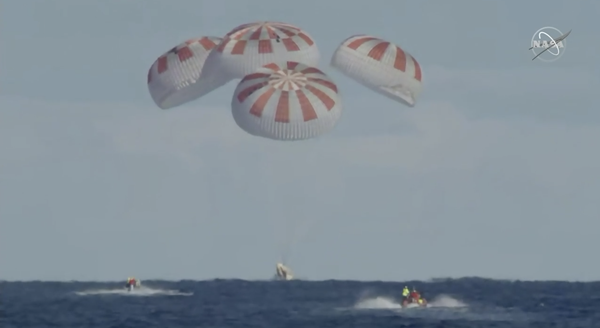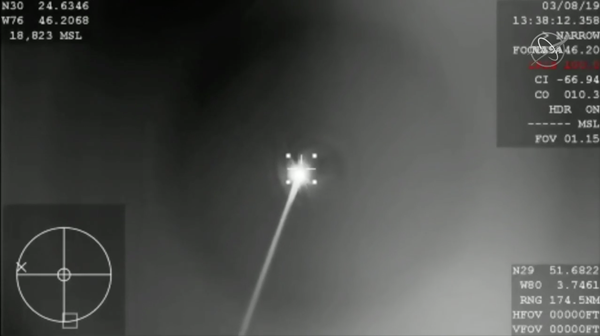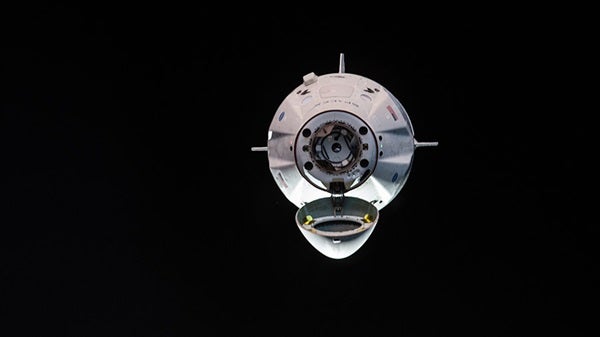This final phase of the Demo-1 mission was perhaps the biggest test of Crew Dragon’s new build. It had to successfully deploy an upgraded parachute system to land the more gently than the already proven cargo version. The parachute system in particular was under close scrutiny, since it will eventually be responsible for protecting human passengers.
Flight tests
The Dragon capsule that flew this week is not the final version that will fly in future tests, but it is close. At a pre-launch briefing, SpaceX Vice President of Build and Flight Reliability Hans Koenigsmann said that the company is still in the final stages of development on Crew Dragon’s internal controls.
Since the only passengers on Demo-1 were a dummy named Ripley, an Earth plushie, and cargo, the controls weren’t necessary for this flight. But now that Crew Dragon has safely flown to space and back, it’s likely that real-life astronauts may soon take the helm.
Crew Dragon’s splash down in the Atlantic Ocean also included a full test run of the medical personnel that are always on stand-by for crew recovery after space mission landings. It marked the first time a spacecraft designed for humans has splashed down in the Atlantic since the Apollo 9 capsule did so in March 1969.












